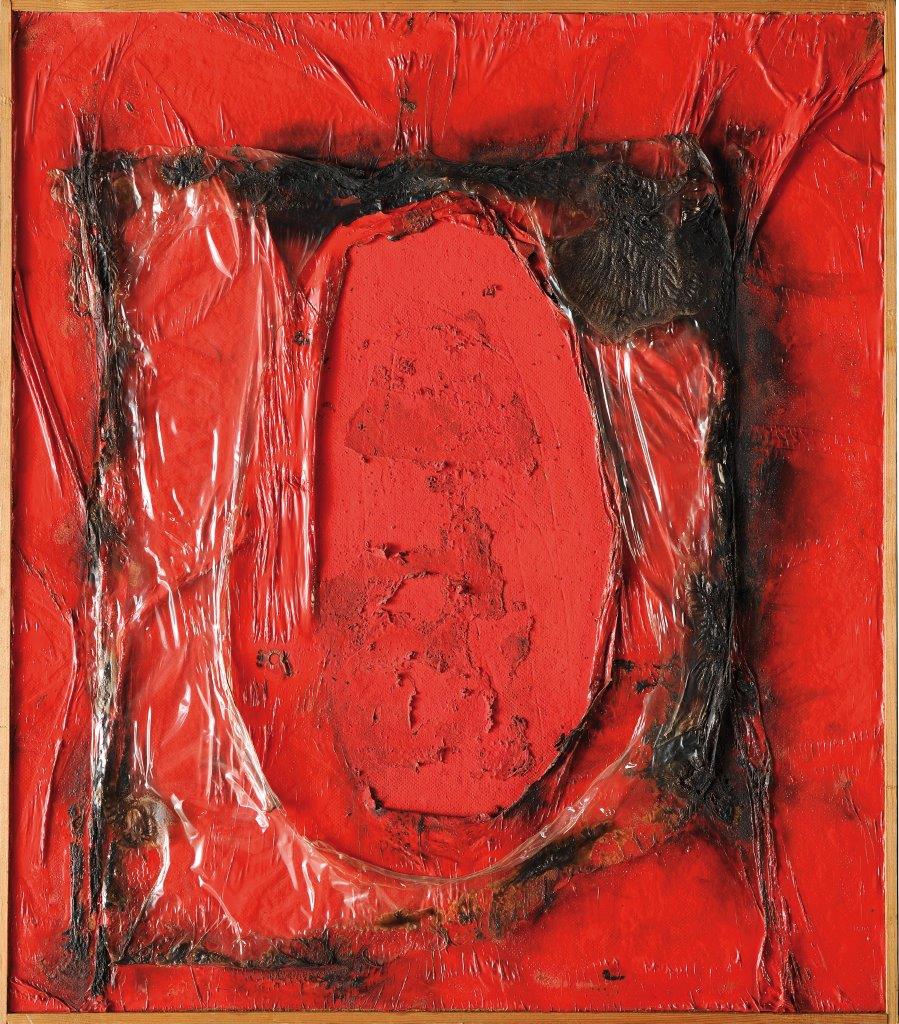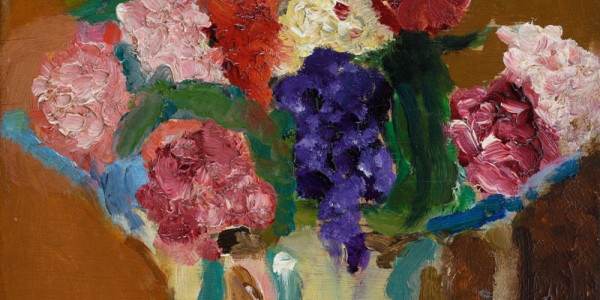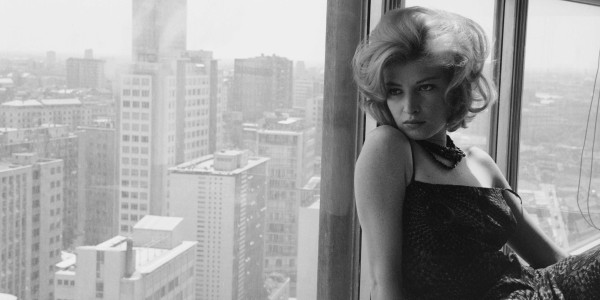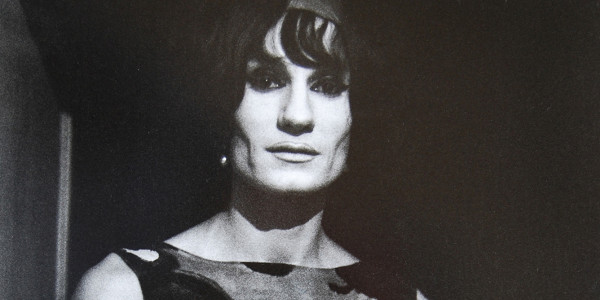Alberto Burri (1915-1995) revolutionised the artistic vocabulary of the post-war art world. During the 1950s his celebration of humble materials such as sacking and tar created a new aesthetic, rich in expressive power, that was later to prove decisive for artists associated with the Arte Povera movement. Despite his importance, this exhibition was the first major retrospective of the artist’s work to be held in the United Kingdom. It offered a comprehensive overview of Burri's achievement through works spanning four decades: from rare, figurative pieces of the late 1940s to the ground-breaking abstract works for which he is best known.
Burri was born in Città di Castello, in Italy's central Umbria region. Trained in medicine, he served as a doctor in North Africa during World War Two, but was taken prisoner in 1943 and interned in a prisoner-of-war camp in Hereford, Texas, where he first began to paint. Returning to Italy in 1946 he held his first solo exhibition the following year, displaying works created in a style strongly informed by Expressionism.
The evolution of Burri's art was rapid. Quickly abandoning his figurative approach, he began to explore abstraction in vibrant yet delicate works inspired by artists such as Paul Klee. Between 1948 and 1950, however, he was to develop a radical approach to image-making grounded in a poetic exploration of matter that challenged the two-dimensional nature of the wall-mounted artwork – an interest that he continued to expand and refine over the course of a long career, working with a wide range of materials such as rubber, pumice stone, plastic and sacking.
Around 1954, Burri began to char and melt his materials to incorporate a greater element of chance into his compositions. In so doing he was to become a leading protagonist of Art Informel, a Europe-wide trend that focused on the artistic process as much as the finished product.
Drawing on a number of important public and private collections in Italy and the United Kingdom, including Tate Modern and the Galleria Nazionale d'Arte Moderna, Rome, this exhibition revealed Burri's extraordinary ability to conjure poetry – and a powerful sense of monumentality – from the simplest and roughest of materials. Curated by the art historian Massimo Duranti, it represented a long overdue consideration of one of the undisputed masters of twentieth-century art.
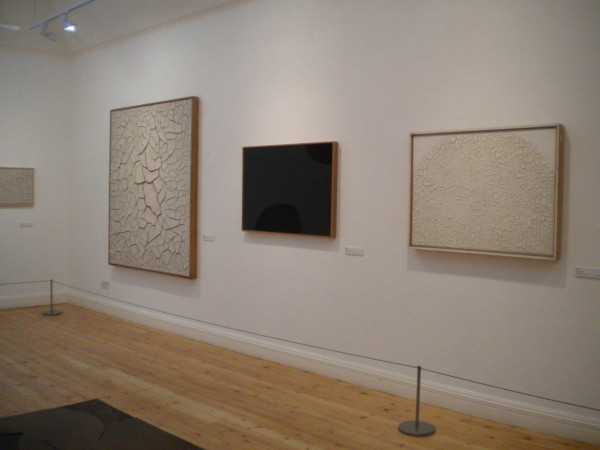
Alberto Burri: Form and Matter in our shop
Alberto Burri: Form and Matter
See our current exhibitions
Find out more...Discover the programme of future exhibitions
Find out more...Discover our past exhibitions
Find out more...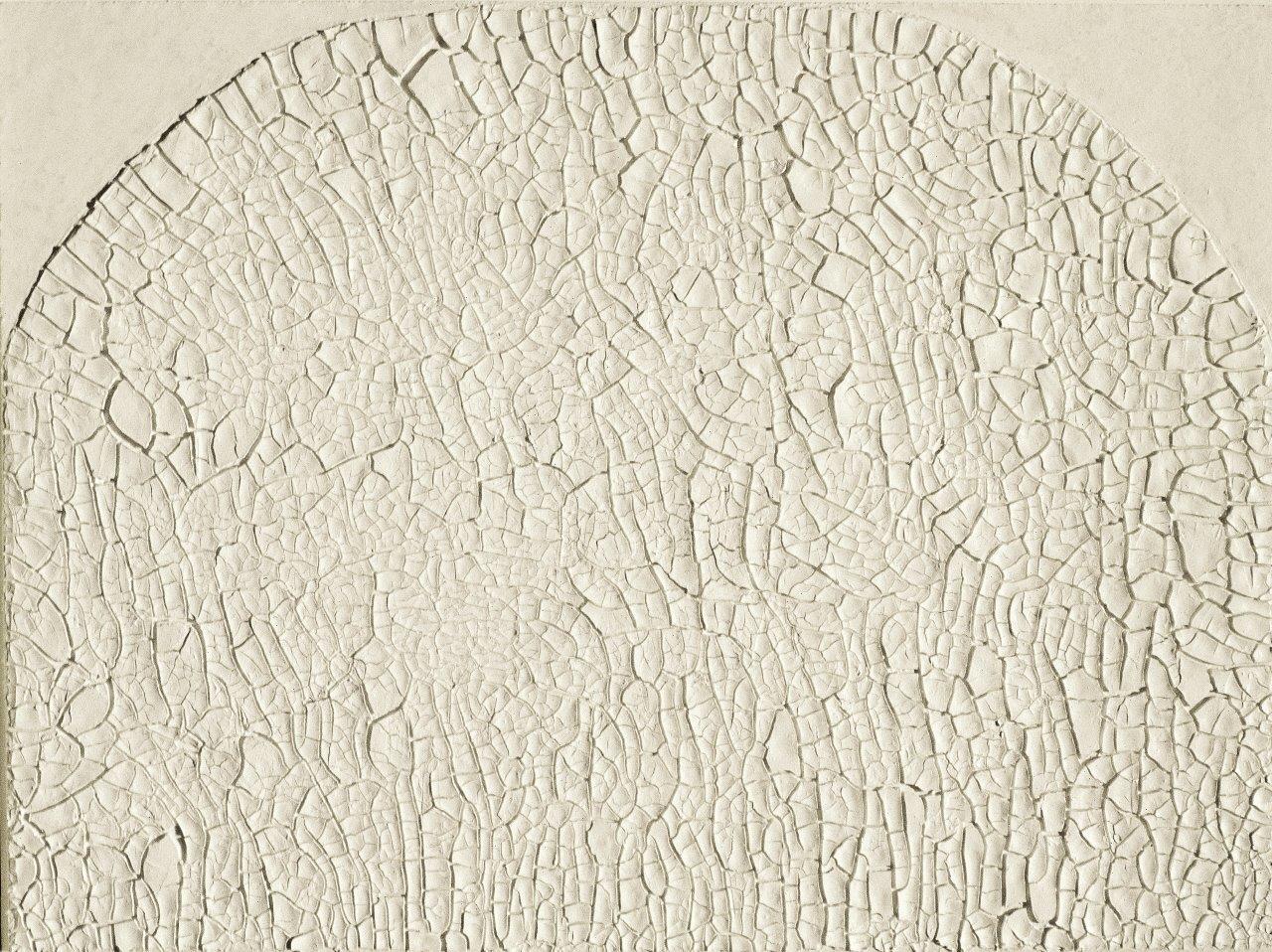
.jpg)
